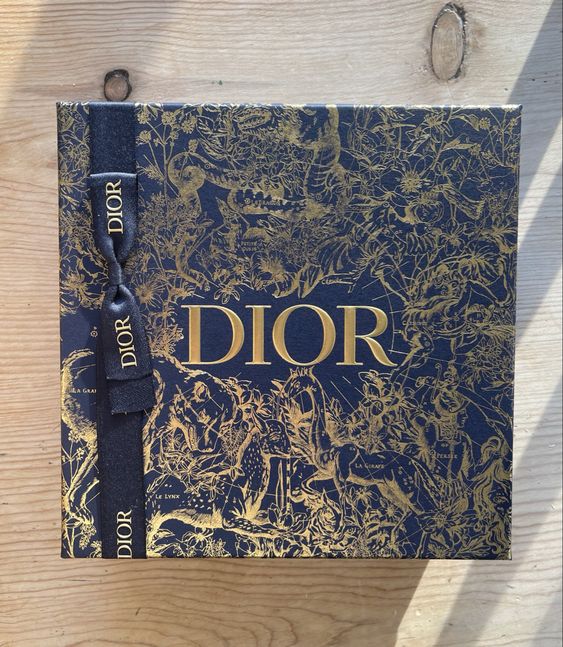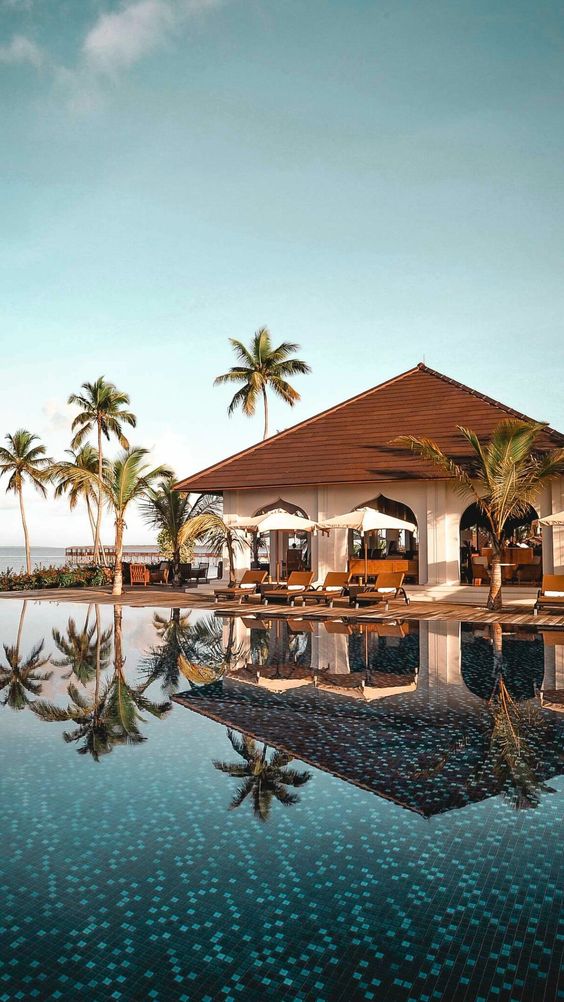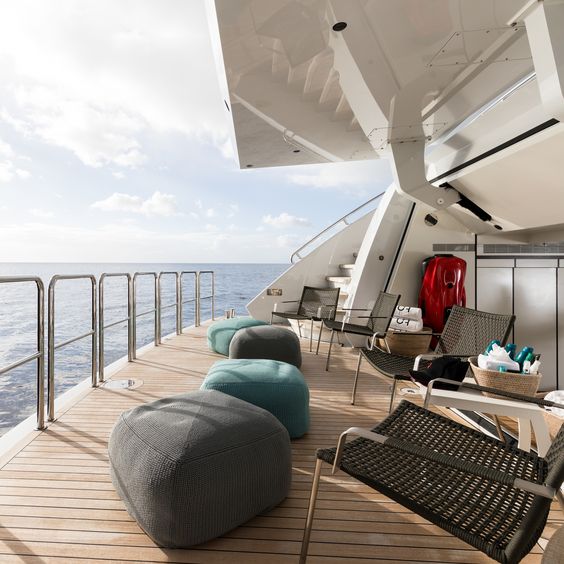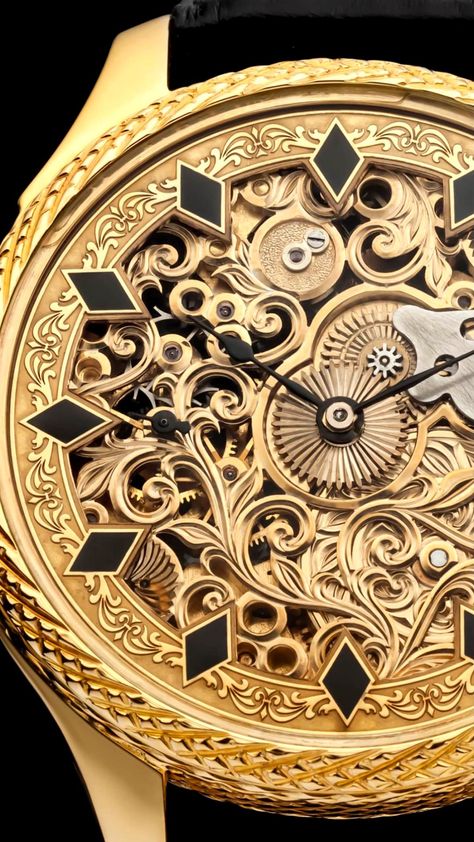Marketing and Branding Strategies for a Luxury Collection

In the realm of high-end fashion, the success of a luxury collection hinges not only on the quality of the products but also on the effectiveness of its marketing and branding strategies. Crafting a compelling narrative and cultivating an aura of exclusivity are paramount in capturing the attention of discerning consumers and establishing a coveted position within the luxury market.
Luxury collections are characterized by their impeccable craftsmanship, exquisite materials, and attention to detail. However, without a well-defined branding strategy, even the most exceptional products may struggle to resonate with target audiences and stand out amidst fierce competition. Thus, marketing and branding play pivotal roles in shaping the perception of a luxury collection and fostering a strong emotional connection with consumers.
Effective branding goes beyond mere aesthetics; it involves conveying the values, heritage, and essence of the brand in a way that resonates with its target demographic. By articulating a clear brand identity and positioning, luxury collections can differentiate themselves in a saturated market and cultivate a loyal customer base.
Furthermore, strategic marketing initiatives are essential for amplifying brand visibility and driving engagement. Leveraging digital platforms, social media influencers, and exclusive events, luxury collections can create buzz and generate excitement among affluent consumers who aspire to embody the lifestyle associated with the brand.
In essence, marketing and branding strategies serve as the cornerstone of success for luxury collections, enabling them to transcend mere products and become symbols of aspiration and refinement. By strategically leveraging these tactics, luxury brands can establish themselves as leaders in the industry and cultivate a lasting legacy of excellence and sophistication.
Understanding the Luxury Market: Analyzing Target Audience and Demographics
In the realm of luxury branding and marketing, a crucial aspect is comprehending the intricacies of the luxury market, particularly in analyzing the target audience and demographics. Luxury brands must delve deep into understanding the preferences, behaviors, and aspirations of their affluent clientele to tailor their branding and marketing strategies effectively.
Luxury brands must conduct thorough research and analysis to identify their target audience within the affluent demographic. This involves examining demographic factors such as age, income level, occupation, and lifestyle preferences to create detailed buyer personas that represent their ideal customers.
Furthermore, understanding the psychographic profile of the luxury consumer is essential for crafting messaging and experiences that resonate with their desires and values. Luxury buyers often prioritize exclusivity, quality, and status, and brands must align their branding and marketing efforts accordingly to appeal to these aspirations.
By leveraging market research, data analytics, and consumer insights, luxury brands can gain valuable intelligence into the preferences and behaviors of their target audience. This information serves as the foundation for developing tailored branding and marketing strategies that effectively communicate the brand’s unique value proposition and resonate with affluent consumers.
In summary, understanding the luxury market and analyzing the target audience and demographics are critical components of successful branding and marketing initiatives for luxury brands. By gaining insights into the preferences, behaviors, and aspirations of their affluent clientele, luxury brands can create compelling messaging and experiences that establish a strong emotional connection and drive brand loyalty.
Defining Brand Identity: Crafting a Unique Brand Story and Positioning

In the competitive landscape of luxury branding and marketing, defining a distinctive brand identity is paramount for success. Central to this process is crafting a compelling brand story and establishing a unique positioning that resonates with affluent consumers and sets the brand apart from competitors.
Luxury brands must carefully craft their brand story, weaving together elements of heritage, craftsmanship, and aspiration to create a narrative that captivates and inspires their target audience. By articulating the brand’s history, values, and philosophy, luxury brands can establish an emotional connection with consumers and evoke a sense of exclusivity and prestige.
Furthermore, positioning is key to defining the brand’s place within the luxury market and distinguishing it from competitors. Luxury brands must identify their unique selling proposition (USP) and communicate it effectively to their target audience. Whether it’s a focus on artisanal craftsmanship, sustainable practices, or cutting-edge innovation, the brand’s positioning should align with the desires and aspirations of affluent consumers.
Through strategic branding and marketing efforts, luxury brands can reinforce their unique brand identity and positioning across various touchpoints, including advertising campaigns, social media channels, and experiential events. Consistency and coherence in messaging and imagery are essential for building brand equity and fostering brand loyalty among discerning consumers.
In summary, defining brand identity through crafting a compelling brand story and establishing a unique positioning is fundamental to the success of luxury brands in the competitive marketplace. By leveraging storytelling techniques and strategic positioning, luxury brands can create a powerful and enduring presence that resonates with affluent consumers and drives brand growth and profitability.
Leveraging Exclusivity and Rarity: Creating a Sense of Luxury and Prestige
In the realm of luxury branding and marketing, leveraging exclusivity and rarity is paramount for cultivating a sense of luxury and prestige around a brand. By carefully curating limited editions, exclusive collaborations, and one-of-a-kind experiences, luxury brands can create a heightened sense of desire and allure among affluent consumers.
Luxury brands strategically employ exclusivity and rarity to differentiate themselves in the competitive marketplace and foster a perception of scarcity and prestige. Limited-edition releases of products, such as haute couture collections or exclusive collaborations with renowned artists or designers, create anticipation and excitement among discerning consumers who aspire to own a piece of luxury history.
Furthermore, luxury brands leverage rarity by carefully controlling supply and distribution channels to maintain a sense of exclusivity and scarcity. By offering products in limited quantities or exclusive boutiques, luxury brands create an aura of exclusivity that reinforces the brand’s prestige and allure.
Experiential marketing plays a crucial role in leveraging exclusivity and rarity to create a sense of luxury and prestige. Luxury brands host exclusive events, private dinners, and VIP experiences that offer affluent consumers access to unique and unforgettable moments. These immersive experiences not only reinforce the brand’s exclusivity but also foster a sense of community and belonging among its most loyal clientele.
In conclusion, leveraging exclusivity and rarity is a cornerstone of luxury branding and marketing, allowing luxury brands to cultivate a sense of luxury and prestige that resonates with affluent consumers. By curating limited editions, controlling supply, and offering exclusive experiences, luxury brands can create a heightened sense of desire and allure that elevates their brand above the competition.
Strategic Partnerships and Collaborations: Aligning with Complementary Brands and Influencers
In the realm of luxury branding and marketing, strategic partnerships and collaborations serve as powerful tools for expanding brand reach, enhancing brand perception, and driving consumer engagement. By aligning with complementary brands and influencers, luxury brands can leverage shared values, aesthetics, and audiences to create mutually beneficial partnerships that elevate the brand’s prestige and visibility.
Luxury brands strategically seek out partnerships with other high-end brands that share similar brand values and aesthetics. Whether it’s a collaboration between a luxury fashion house and a prestigious jewelry brand or a partnership between a luxury automobile manufacturer and a renowned fashion designer, these collaborations create synergies that resonate with affluent consumers and reinforce the brand’s luxury positioning.
In addition to brand partnerships, luxury brands also collaborate with influencers and celebrities who embody the brand’s ethos and appeal to its target audience. By aligning with influential figures in fashion, beauty, and lifestyle, luxury brands can leverage their reach and credibility to amplify brand messaging and drive consumer engagement.
Furthermore, strategic partnerships and collaborations provide luxury brands with opportunities to create unique and exclusive products, collections, and experiences that captivate consumers and generate excitement. Whether it’s a limited-edition capsule collection or an immersive brand activation, these collaborations create a sense of exclusivity and desirability that resonates with affluent consumers and reinforces the brand’s luxury status.
In conclusion, strategic partnerships and collaborations are essential components of luxury branding and marketing, allowing brands to extend their reach, enhance their prestige, and create compelling brand experiences that resonate with affluent consumers. By aligning with complementary brands and influencers, luxury brands can leverage shared values and audiences to create mutually beneficial partnerships that elevate brand perception and drive consumer engagement.
High-End Visual Content Creation: Utilizing Photography, Videography, and Graphic Design

In the realm of luxury branding and marketing, high-end visual content creation plays a pivotal role in shaping brand identity, communicating brand values, and captivating affluent consumers. By harnessing the power of photography, videography, and graphic design, luxury brands can create compelling visuals that elevate their brand image and drive engagement across various platforms.
Luxury brands invest in high-quality photography to showcase their products in the most captivating light. Professional photographers meticulously capture every detail, texture, and nuance of luxury goods, ensuring that they are presented in their best possible light. From sleek editorial shoots to glamorous campaign imagery, photography is instrumental in conveying the craftsmanship, sophistication, and allure of luxury brands.
In addition to photography, videography plays a crucial role in luxury branding and marketing, allowing brands to tell immersive stories and create memorable brand experiences. Luxury brands produce cinematic brand films, behind-the-scenes documentaries, and product tutorials that engage and inspire affluent consumers. These videos not only showcase the brand’s products and values but also provide entertainment and education, enriching the consumer experience and fostering brand loyalty.
Furthermore, graphic design plays a vital role in luxury branding and marketing, shaping the visual identity of the brand across various touchpoints. From logo design and packaging to advertising and digital assets, graphic designers create cohesive visual elements that reflect the brand’s aesthetic and ethos. By incorporating luxurious typography, color palettes, and imagery, graphic design reinforces the brand’s luxury positioning and enhances brand recognition.
In summary, high-end visual content creation is essential for luxury branding and marketing, allowing brands to convey sophistication, elegance, and exclusivity through captivating imagery and design. By utilizing photography, videography, and graphic design, luxury brands can create immersive brand experiences that resonate with affluent consumers and elevate their brand image in the competitive marketplace.
Omnipresence Across Premium Channels: Establishing Presence in Exclusive Locations and Platforms
In the realm of luxury branding and marketing, establishing a presence across premium channels is imperative for reaching affluent consumers and reinforcing the brand’s image of exclusivity and sophistication. By strategically positioning themselves in exclusive locations and platforms, luxury brands can connect with their target audience on a deeper level and enhance brand perception.
Luxury brands prioritize establishing a presence in prestigious locations frequented by affluent consumers, such as upscale shopping districts, luxury hotels, and high-end resorts. By setting up flagship stores and boutiques in these prime locations, luxury brands create immersive brand experiences that resonate with discerning shoppers and elevate the brand’s prestige.
Moreover, luxury brands leverage premium digital platforms to extend their reach and engage with consumers in the digital space. From luxury fashion e-commerce sites to social media platforms catering to affluent demographics, luxury brands strategically curate their online presence to reflect the brand’s aesthetic and values. By creating compelling content and fostering meaningful interactions, luxury brands can cultivate a loyal online following and drive sales through digital channels.
Furthermore, luxury brands establish partnerships with premium media outlets and influencers to amplify their presence and reach affluent consumers through targeted marketing initiatives. By collaborating with reputable publications, luxury brands can secure editorial coverage and endorsements that lend credibility and prestige to their brand. Additionally, partnering with influencers who resonate with the brand’s values and aesthetic allows luxury brands to reach new audiences and foster brand advocacy among influential tastemakers.
In summary, establishing omnipresence across premium channels is essential for luxury branding and marketing, enabling brands to connect with affluent consumers through exclusive locations, digital platforms, and strategic partnerships. By positioning themselves in prestigious settings and curating their presence across various channels, luxury brands can enhance brand perception and solidify their status as leaders in the competitive luxury market.
Implementing Experiential Marketing: Curating Luxury Events and VIP Experiences
In the realm of luxury branding and marketing, implementing experiential marketing is a strategic approach to creating memorable and immersive brand experiences that resonate with affluent consumers. By curating luxury events and VIP experiences, luxury brands can engage with their target audience in meaningful ways, foster brand loyalty, and elevate brand perception.
Luxury brands invest in the creation of exclusive events and VIP experiences that offer affluent consumers unparalleled access to the brand’s world of luxury and sophistication. From extravagant fashion shows and intimate product launches to curated travel experiences and private shopping events, these immersive experiences allow consumers to engage with the brand on a deeper level and forge emotional connections.
Furthermore, experiential marketing allows luxury brands to showcase their craftsmanship, innovation, and heritage in a tangible and interactive manner. By providing guests with behind-the-scenes access, personalized services, and hands-on demonstrations, luxury brands create memorable moments that leave a lasting impression and differentiate the brand from competitors.
Moreover, luxury brands leverage experiential marketing to create a sense of exclusivity and prestige around their brand. By inviting VIP guests, influencers, and tastemakers to attend exclusive events and experiences, luxury brands reinforce their status as purveyors of luxury and cultivate a sense of belonging among their most loyal clientele.
In summary, implementing experiential marketing through curated luxury events and VIP experiences is a powerful strategy for luxury branding and marketing. By creating immersive brand experiences that engage the senses and evoke emotions, luxury brands can forge deeper connections with affluent consumers, foster brand loyalty, and elevate brand perception in the competitive luxury market.
Utilizing Key Performance Indicators (KPIs) to Evaluate Marketing Effectiveness
In the realm of luxury branding and marketing, monitoring and measuring success are essential practices to ensure that marketing efforts effectively contribute to brand growth and profitability. By utilizing key performance indicators (KPIs), luxury brands can evaluate the effectiveness of their marketing strategies and make data-driven decisions to optimize performance and drive results.
Luxury brands employ a range of KPIs to assess the performance of their marketing initiatives across various channels and touchpoints. These KPIs may include metrics such as brand awareness, customer engagement, website traffic, conversion rates, and return on investment (ROI). By tracking these metrics over time, luxury brands can gain valuable insights into the effectiveness of their marketing efforts and identify areas for improvement.
Furthermore, luxury brands leverage advanced analytics tools and technologies to monitor and analyze consumer behavior and trends. By collecting and analyzing data from multiple sources, including website analytics, social media insights, and customer feedback, luxury brands can gain a comprehensive understanding of consumer preferences and behaviors, enabling them to tailor their marketing strategies to better resonate with their target audience.
Moreover, luxury brands prioritize the alignment of marketing KPIs with broader business objectives and brand goals. By establishing clear objectives and benchmarks for success, luxury brands can ensure that their marketing efforts contribute to the overall growth and success of the brand. Additionally, regular monitoring and measurement of KPIs allow luxury brands to adapt and refine their marketing strategies in real-time, ensuring that they remain agile and responsive to changing market dynamics.
In summary, monitoring and measuring success through the utilization of KPIs are critical practices for luxury branding and marketing. By tracking key metrics and analyzing data-driven insights, luxury brands can optimize their marketing efforts, drive meaningful results, and maintain a competitive edge in the dynamic luxury market.







